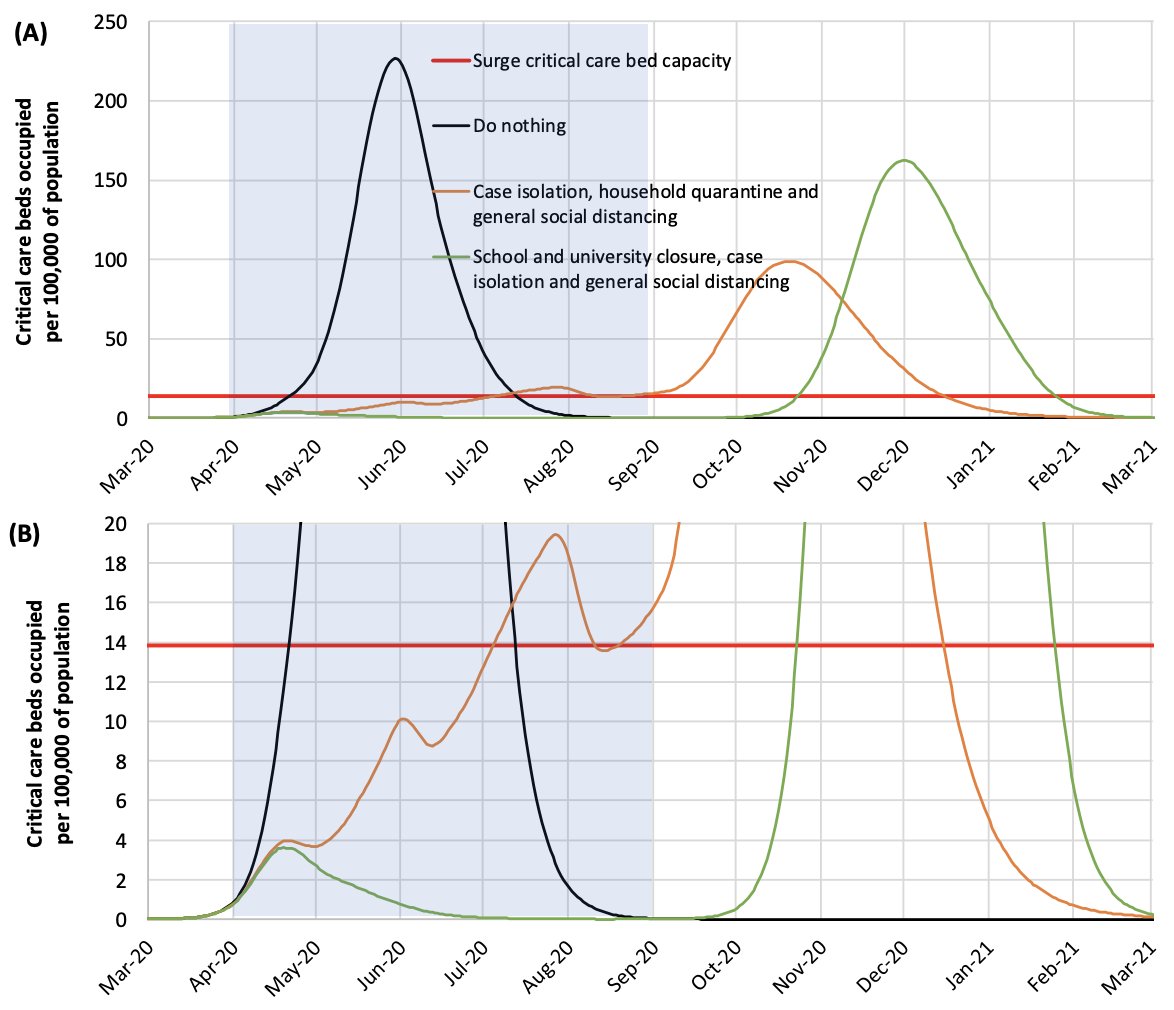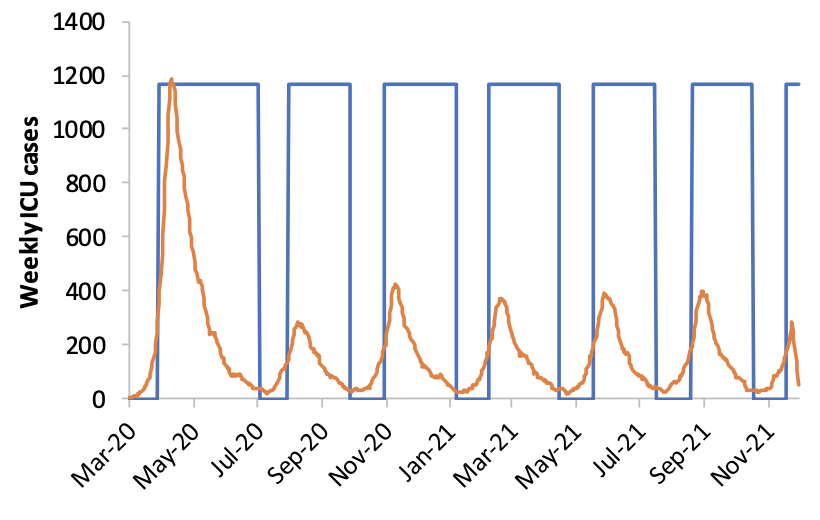
#EconTwitter hivemind: what are your favorite papers combining “causal” micro estimates (say from DiD or RCT) with a general-equilibrium macro model to answer an interesting macro question?
This is for my PhD teaching so the easier to read the better. Thanks in advance!
This is for my PhD teaching so the easier to read the better. Thanks in advance!
So it’s clear what I mean, here are some examples:
1. @a_auclert Will Dobbie and @paulgp web.stanford.edu/~aauclert/macr…
2. @ChristianKWolf scholar.princeton.edu/sites/default/…
3. @eminakamura2 and @JonSteinsson aeaweb.org/articles?id=10…
What else?
1. @a_auclert Will Dobbie and @paulgp web.stanford.edu/~aauclert/macr…
2. @ChristianKWolf scholar.princeton.edu/sites/default/…
3. @eminakamura2 and @JonSteinsson aeaweb.org/articles?id=10…
What else?
p.s. self-submissions are definitely welcome, i.e. your favorite paper can be your own (aren't they usually? 😃)
Here are the references in this thread benjaminmoll.com/micro_to_macro/
Illustrates increasing popularity of this "micro-to-macro" approach and breadth of topics it has been applied to.
Thanks to my two predoc RAs @AYCouturier and Rui Sousa for compiling it!
Illustrates increasing popularity of this "micro-to-macro" approach and breadth of topics it has been applied to.
Thanks to my two predoc RAs @AYCouturier and Rui Sousa for compiling it!
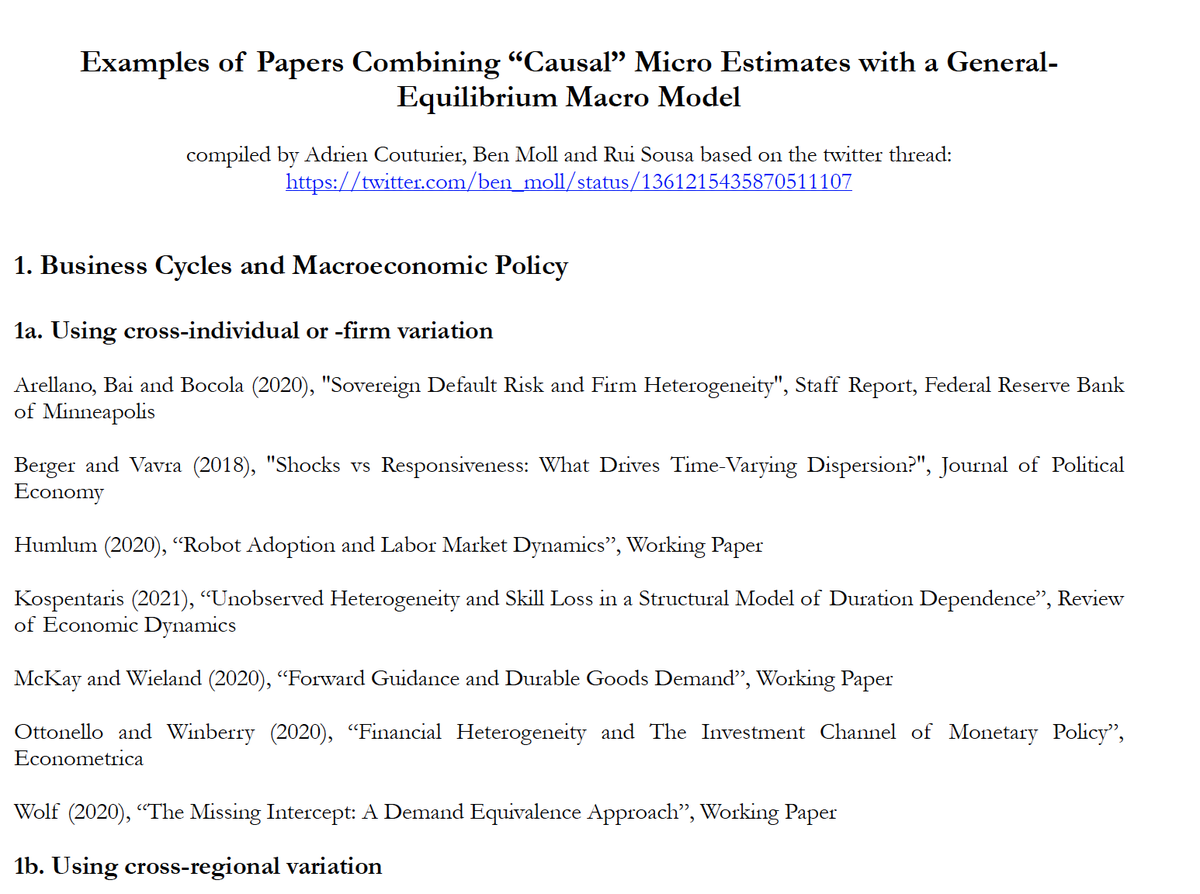
If you suggested a paper and it's not on the list, it's either because it didn't fit the criteria (say no macro GE model) or we missed you in the depth of the thread, apologies for that!
Please let me know if we forgot or "misclassified" the paper you suggested.
Please let me know if we forgot or "misclassified" the paper you suggested.
Let me add my notes on the problem with going from x-section to aggregates. If you read til here, you likely know this. But many economists still get it wrong so I tried to spell out problem in simplest form:
benjaminmoll.com/missing_interc…
One less person doing this & I'm a happy man!


benjaminmoll.com/missing_interc…
One less person doing this & I'm a happy man!

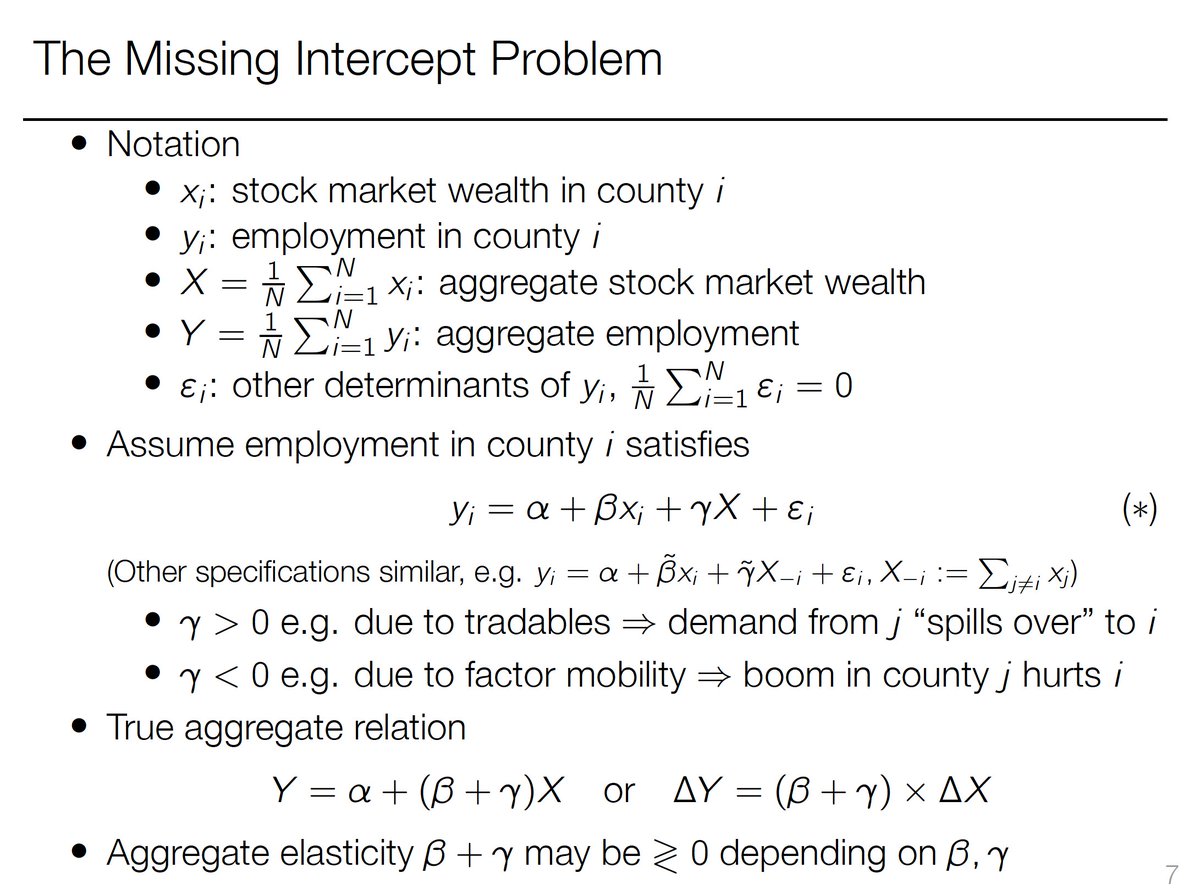
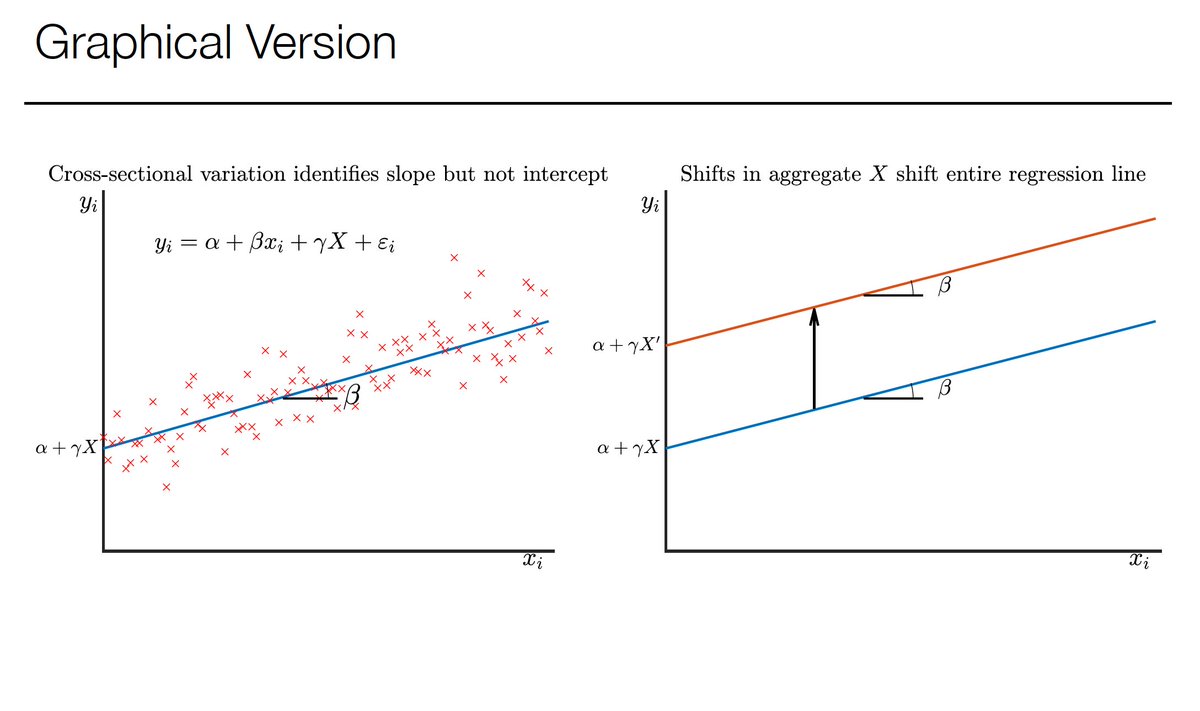
• • •
Missing some Tweet in this thread? You can try to
force a refresh










